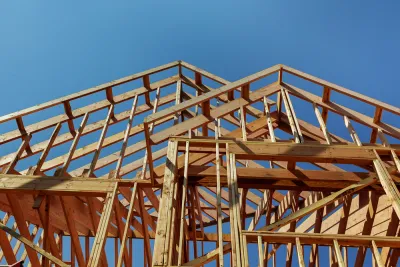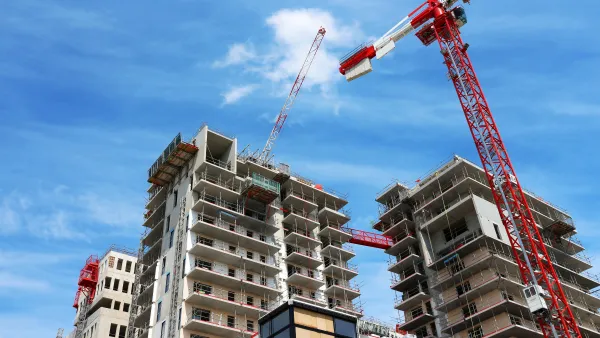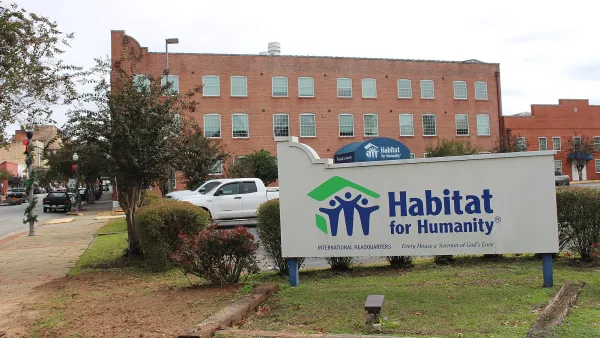As mortgage rates creep higher and builders continue to experience supply bottlenecks, the future of the housing market remains uncertain.

Anticipating rising mortgage rates prompted by the Federal Reserve, Conor Sen argues that “any slowdown that does materialize won’t affect the industry equally because it isn’t going to be about fundamental problems with the housing market. Rather, it will be the result of the Federal Reserve intentionally increasing borrowing costs to cool off inflation.”
According to Sen, “Any negative impact of rising mortgage rates would be felt disproportionately where affordability problems already are the worst — high-cost coastal markets — and then in materials for the early part of the construction cycle, such as lumber.”
Unlike during previous downturns, “For now, at least, there is no broad industry downturn as we’ve seen before in oil and gas or the technology sector that would lead to the housing market suffering in places like Houston or the San Francisco Bay Area.” Rather, Sen writes, “What we’re seeing instead is that the surge in mortgage rates engineered by the Fed is adding to affordability problems. So it stands to reason that the places most affected will be metro areas that were already the least affordable.”
Additionally, “There also is the post-pandemic migration dynamic of high-income households moving from high-cost to lower-cost areas.”
To Sen, the future of the housing market is unclear as mortgage rates climb in a still overheated market. “If there is any upside for buyers in the current market, it’s that because the affordability problems created by rising mortgage rates are intentional on the Fed’s part, they can always reverse those increases if it turns out they’ve overdone it to the point it threatens the economy.”
FULL STORY: Don’t Count On a Housing Slowdown to Improve Affordability

National Parks Layoffs Will Cause Communities to Lose Billions
Thousands of essential park workers were laid off this week, just before the busy spring break season.

Retro-silient?: America’s First “Eco-burb,” The Woodlands Turns 50
A master-planned community north of Houston offers lessons on green infrastructure and resilient design, but falls short of its founder’s lofty affordability and walkability goals.

Delivering for America Plan Will Downgrade Mail Service in at Least 49.5 Percent of Zip Codes
Republican and Democrat lawmakers criticize the plan for its disproportionate negative impact on rural communities.

Test News Post 1
This is a summary

Test News Headline 46
Test for the image on the front page.

Balancing Bombs and Butterflies: How the National Guard Protects a Rare Species
The National Guard at Fort Indiantown Gap uses GIS technology and land management strategies to balance military training with conservation efforts, ensuring the survival of the rare eastern regal fritillary butterfly.
Urban Design for Planners 1: Software Tools
This six-course series explores essential urban design concepts using open source software and equips planners with the tools they need to participate fully in the urban design process.
Planning for Universal Design
Learn the tools for implementing Universal Design in planning regulations.
EMC Planning Group, Inc.
Planetizen
Planetizen
Mpact (formerly Rail~Volution)
Great Falls Development Authority, Inc.
HUDs Office of Policy Development and Research
NYU Wagner Graduate School of Public Service





























